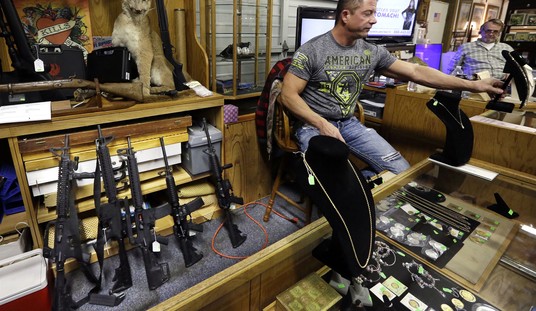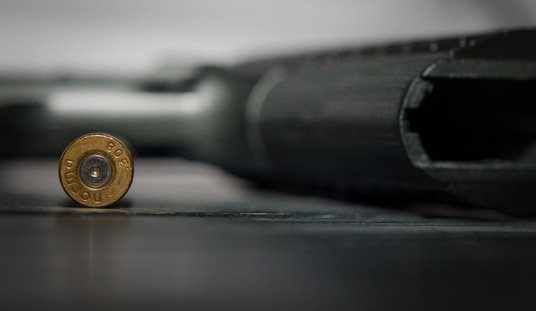Baltimore isn’t a nice place. It’s one of the most violent cities in the nation, and it’s clear that at least some want to blame that on the prevalence of so-called ghost guns.
To be sure, Baltimore hasn’t been a peaceful city anytime in the last few decades. However, in recent years, it’s turned into a veritable warzone. As violence rages, the powers that be in the city continue to try to blame guns for the problem.
That’s right. It’s also a pretty gun-controlled city as well.
And it seems that the number of ghost guns recovered by police is set to be twice what it was last year.
Baltimore police are on track to seize at least twice as many privately manufactured firearms — often called “ghost guns” — as they did in 2020, Sheree Briscoe, the city’s deputy police commissioner, said Tuesday.
At a virtual conversation moderated by the Johns Hopkins Center for Gun Violence Prevention and Policy, Briscoe said the department has seen an increase in its recovery of privately manufactured firearms in the last few years.
The department recovered 29 ghost guns in 2019; 126 in 2020; and 83 from January to mid-May this year.
“We’re on pace to surpass last year’s numbers and potentially come in between 250 to 300 privately made firearms that will make their way to the streets of Baltimore in the hands of various age groups [and] communities,” she said.
According to Briscoe, 15 ghost gun seizures were “directly linked” to homicide or shooting investigations in 2020.
“…To some that may not be a large percentage, but any percentage that’s attributed to a gun that is not legally registered, legally manufactured with serial numbers, is a challenge because then you run the difficulty of trying to find out where did that come from, who may ever possess that gun,” said Briscoe.
I have no doubt that it’s a challenge, but let’s also keep in mind that we’re not just discussing this from a law enforcement perspective. So-called ghost guns are part of our Second Amendment rights. We’ve been able to build firearms in this country since before this country even existed. In colonial times, people could build their own firearms without permission, and that was before the Second Amendment.
While I’m sympathetic to the struggles such weapons present to police, I’m not sympathetic to the claims that those challenges somehow justify an infringement on our civil liberties.
So yeah, the percentages actually matter.
After all, if this isn’t a large percentage–and why would Briscoe say this if it was–then it means it represents a minority of the weapons used in gun-related crimes in the city. That means the lion’s share of their issue is with more traditionally purchased guns. Not that tracing really helps there, either. After all, most are black market guns that weren’t placed on that black market by their lawful owners. They’re stolen weapons, and that makes tracing useless.
That represents a challenge for law enforcement as well. Funny, that.
Anyway, without anything with which to understand these numbers–year over year doesn’t really tell us if the problem is growing since we have no other points of comparison–then their concern is less than meaningless. After all, if the number of firearms being recovered is increasing at the same rate, then the problem isn’t how many “ghost guns” are being found, but how many people have guns illegally.
Of course, I don’t expect that one to get discussed much. After all, with the amount of gun control Baltimore and the state of Maryland have, they wouldn’t want to admit that none of it worked.
But I’ll let you in a secret. It didn’t.








Join the conversation as a VIP Member